Atlanta & West Point locomotives were carefully curated alongside those of its sister roads.

Atlanta & West Point Ten-Wheeler 261 was rebuilt in 1923 from 1906 Rogers slide-valve 4-6-0 260. C.K. Marsh Jr. collection


Atlanta & West Point 427, shown at Newnan, Ga., in 1949, is a copy of the USRA light Mikado. At first glance, the air pumps appear to be upside down; they are New York Air Brake pumps, which have the steam cylinders below the air cylinders above. R.D. Sharpless photo


Atlanta & West Point 430 and identical twin Western Railway of Alabama 380, built by Baldwin in 1944, were thoroughly modern copies of the USRA heavy Mikado of 1918. Among the improvements are dual air pumps mounted on the pilot, Elesco coil-type feedwater header, Boxpox drivers, cast trailing truck, and large 12-wheel tender. Baldwin Locomotive Works photo


Atlanta & West Point 678, built in 1951, was the road’s only Baldwin S12 model. T. G. King, C.K. Marsh Jr. collection


Georgia Railroad train 103 splits the signals at Grovetown on April 6, 1975, after stalling coming uphill into town. Power from local 31 shoved 103 over the summit. Lead unit No. 731 belongs to the Atlanta & West Point. William A. Harwell Jr. photo


Eastbound Atlanta & West Point train 208, with dirty black Geeps, works across the Central of Georgia diamond at Opelika in June 1976. David Harris photo


Georgia Railroad train 103 rolls through Crawfordville, 6 miles west of Barnett, with a mix of EMD units in 1976. The Georgia would pool power with affiliates Atlanta & West Point and Western of Alabama; GP40 729 is an A&WP unit. William A. Harwell Jr. photo


Family Lines railroads got 51 GP38-2s in 1979: 7 Clinchfield, 2 Atlanta & West Point, 2 Georgia, 34 Louisville & Nashville, 1 Western Railway of Alabama, and 5 Seaboard Coast Line. C. K. Marsh Jr. photo


Georgia Railroad 253 was built by Rogers in 1907 as Western of Alabama 150. Rebuildings changed the cylinders, valve gear, trailing truck, domes, and tender — little remains from 1907 in this mid-1940s view. D.W. Salter photo


The Crescent Limited steams eastward out of Montgomery, Ala., behind Western Railway of Alabama No. 186 in November 1941. The big 4-8-2 was built in 1924 for the Florida East Coast. A.C. Kalmbach photo


Western Railway of Alabama 4-6-2 No. 190, on Atlanta-Montgomery train 35, takes a drink at Opelika, Ala., in September 1952. The Pacific is standing across the Birmingham-Albany main line of the Central of Georgia, which also used the Opelika depot. A twin to Atlanta & West Point 290 (which survives today at Duluth, Ga.) the 1926 Lima once handled top trains like the Crescent Limited, but finished her days on West Point Route locals. Robert H. Milner photo


On Oct. 23, 1975, Georgia coach 106, Budd-built in 1949 for Western Railway of Alabama for use on the Crescent, trails WofA and GA GP40s, two GA GP7s, and a GP9 on mainline train 103 near Lithonia, Ga.

Although much of the West Point roads’ 20th-century steam locomotive fleet looked like the “Georgian Locomotive” memorialized by H. Stafford Bryant Jr. in his book of the same name — a handsome, elegant group — perhaps the most interesting aspect was not the engines’ appearance or the roster’s makeup, but the numbering system. All series were three digits, and after 1907, WofA used odd-number lead digits while A&WP took the evens. Thus, WofA Pacific 190 was a sister to A&WP 290, bought from Lima at the same time in 1926 and the epitome of their passenger power. Likewise, the last new steam locomotives purchased, in 1944, were two Mikados of a modernized USRA design, WofA 380 and A&WP 480, slotted above assorted lower-numbered 2-8-2s.
From time to time, power was loaned back and forth between A&WP/WofA and the Georgia, so a conscious effort was made to avoid duplicate numbers among the three to make exchanges operationally seamless. Secondhand locomotives joined the rosters, including three WofA 4-8-2s from Florida East Coast for heavy passenger service; two Detroit Terminal 0-8-0s, A&WP 218 and 219, for the Montgomery yard on WofA; and a single 2-8-0, WofA 120, from Birmingham Southern. The repair shop at Montgomery also rebuilt five slide-valve 4-6-0s into useful local freight and secondary passenger power in the 1920s.
Aside from eight Baldwin switchers of three models, the West Point Route dieselized during 1948-54 in a manner similar to the Georgia, with a mixture of EMD road types; in fact, EMD references combine all three listings under “Georgia Group.” Georgia had the only EMD switchers, NW2s and SW9s in the 900s, and its road units were all 1000s. All WofA and A&WP road power was in the 500s, WofA below 550 and A&WP above. Boiler-equipped WofA 501 was the only F3, while WofA had two FP7s and A&WP four. WofA had GP7s 521-526 and GP9s 530-531, while A&WP had GP7s 571-575. In the later years, some of the early diesels were traded in on GP40 and GP40-2 models or rebuilt into GP16s.
Once the blue-and-silver livery was deemed too expensive, the vanilla roster of standard models declined into increasingly drab paint schemes of solid blue, then black, and ultimately, the assimilated “Family Lines System” gray, thus ending the line of Atlanta & West Point locomotives.





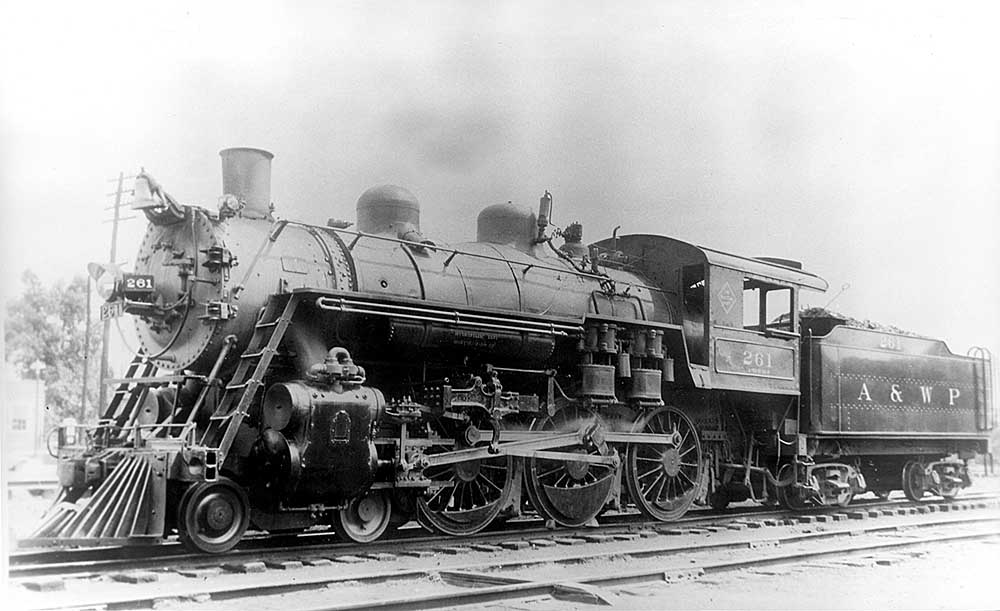

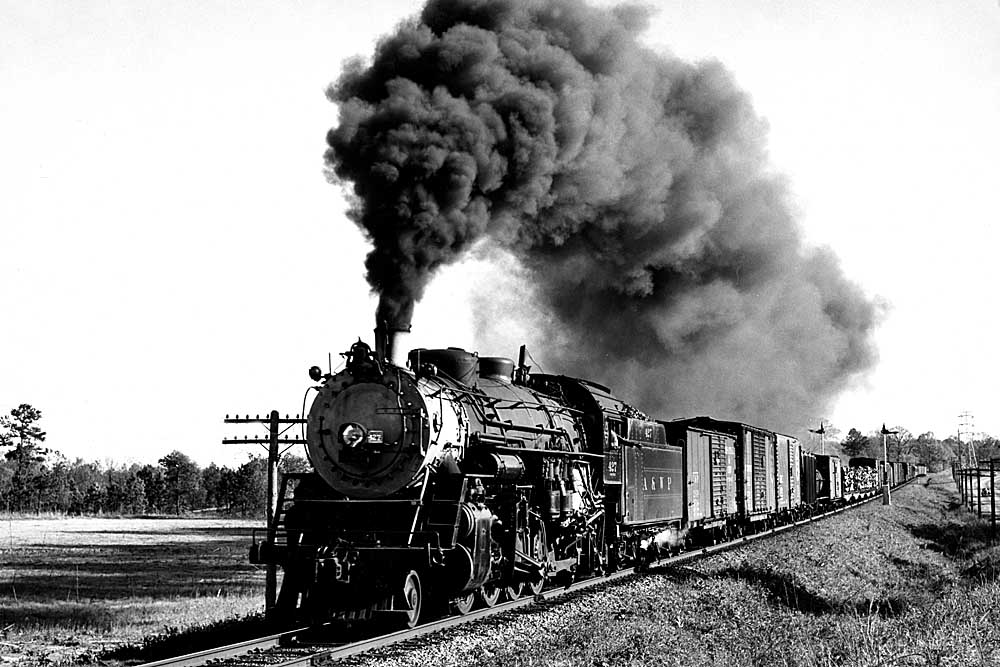

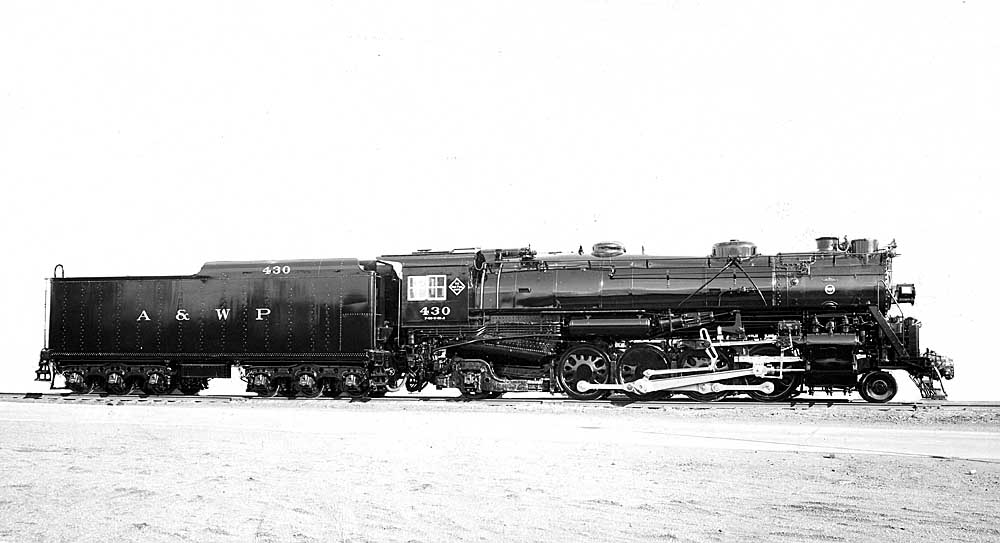

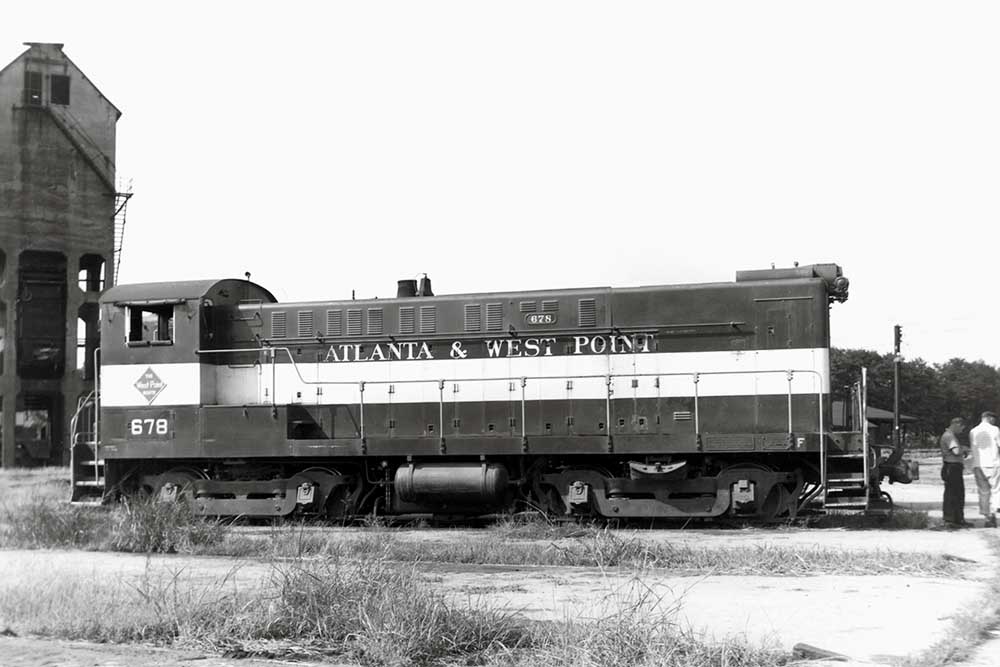

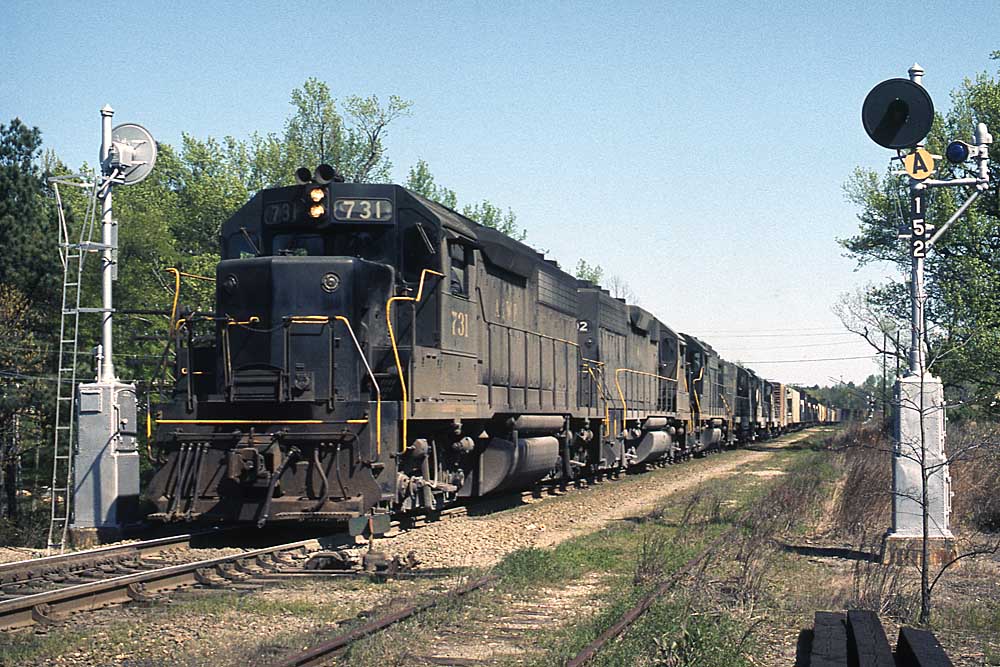

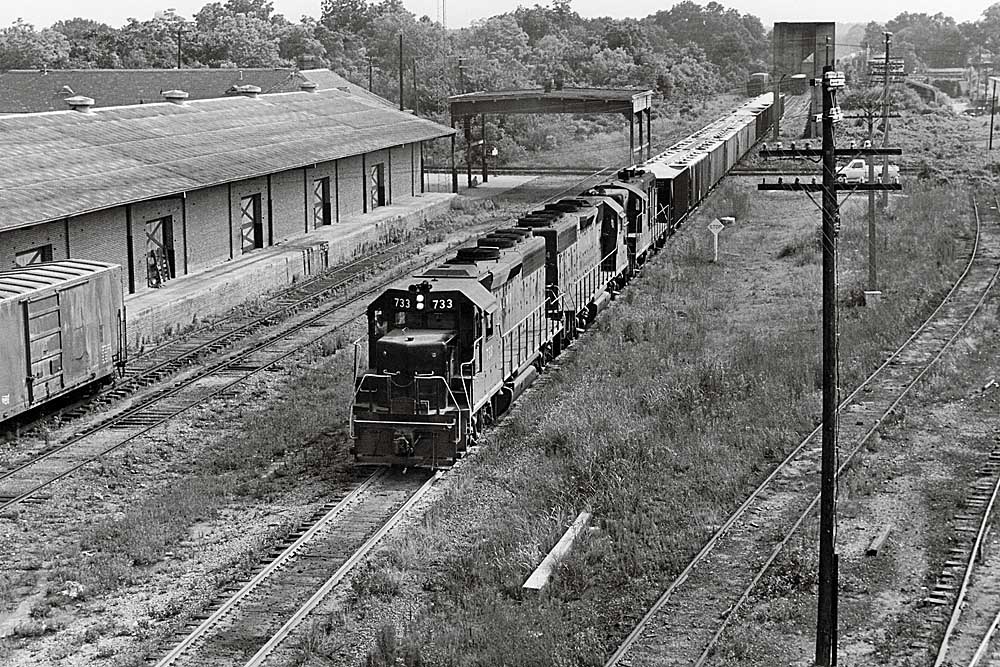

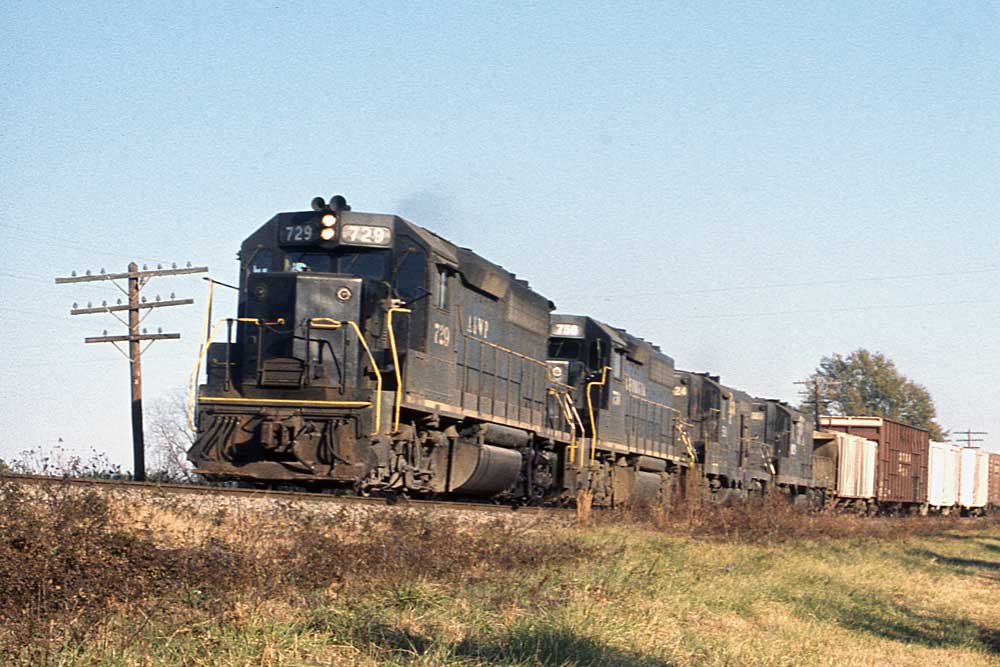

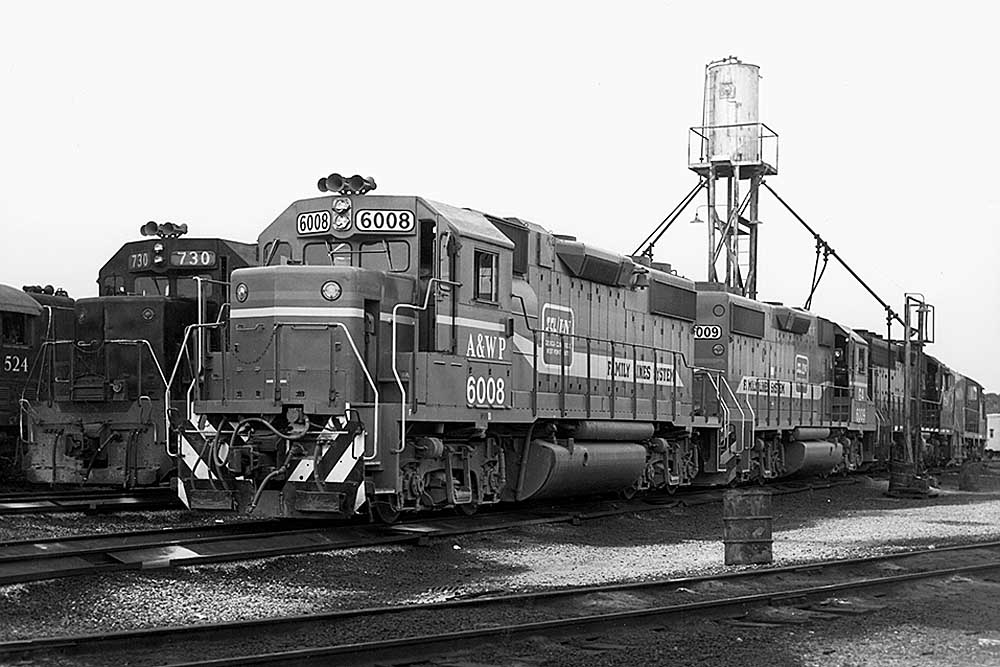

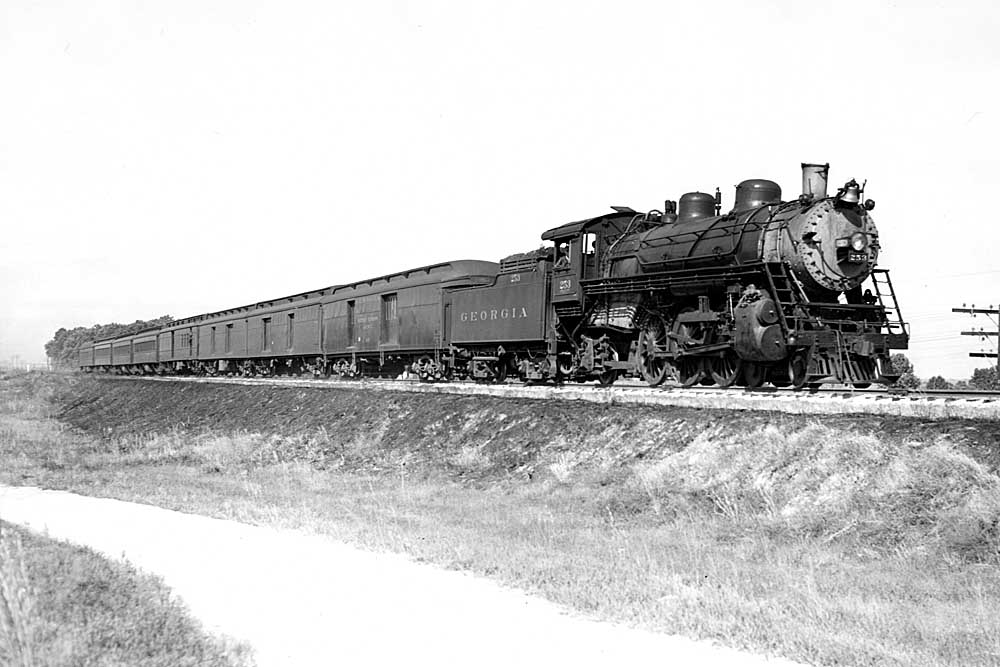

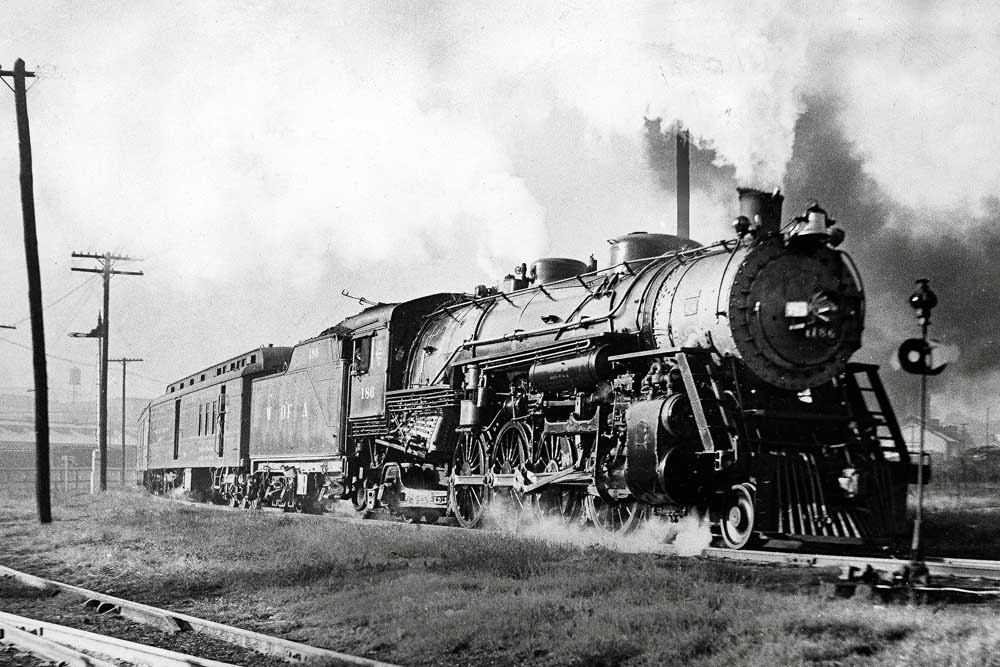

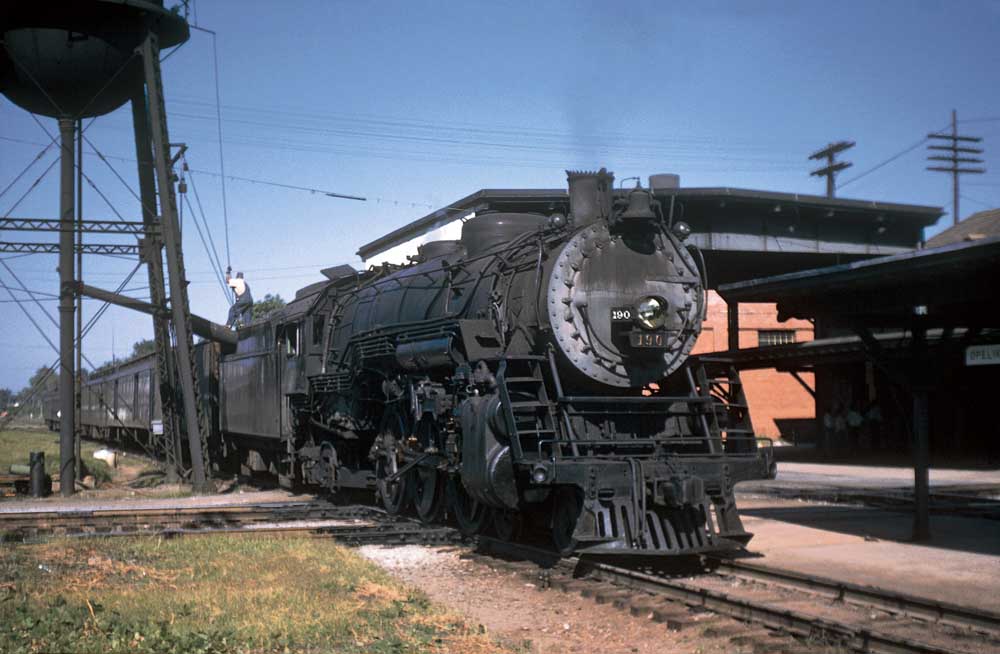

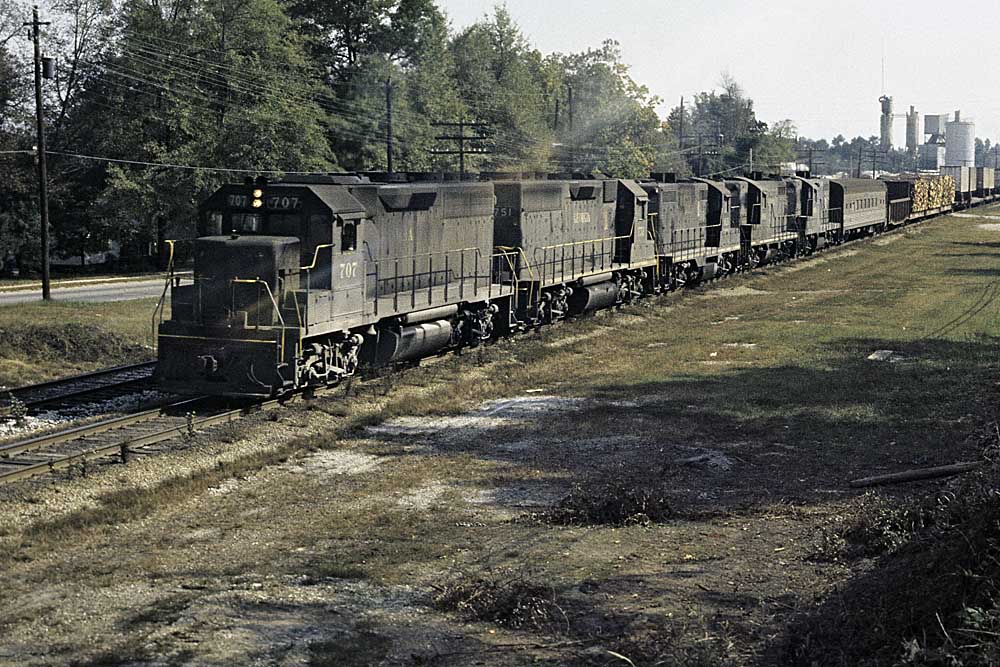


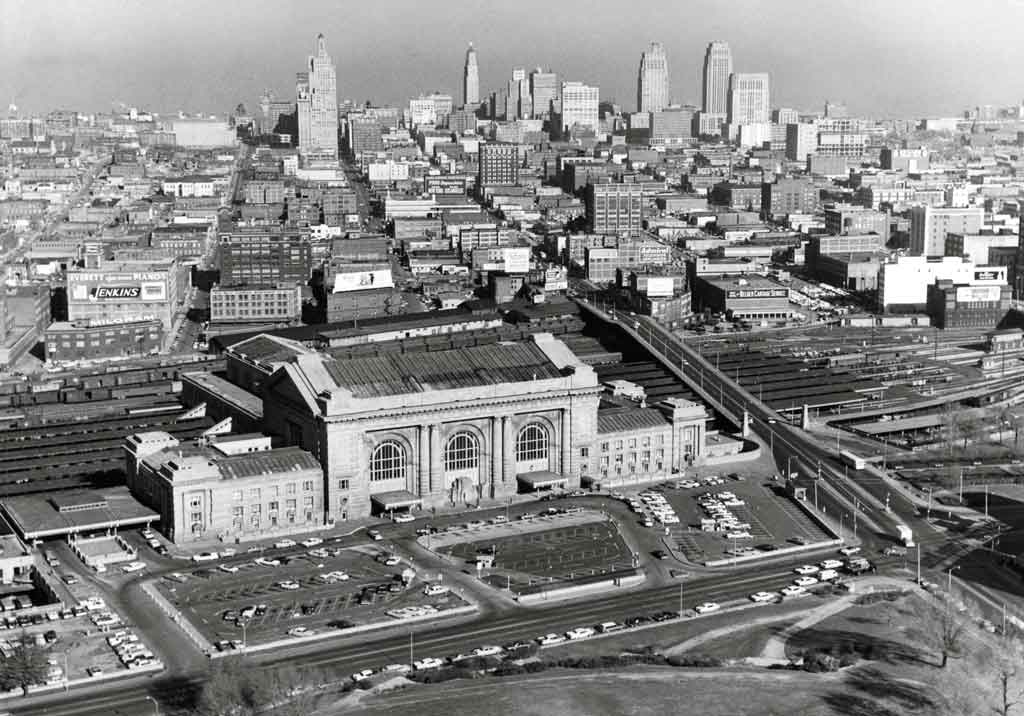







Nice pics and great information. A good history lesson as well. Thank you!!!
Sure glad A&WP #290 survived returned to steam and brightened our lives for awhile. Hopefully the Atlanta folks can bring her back to life again someday soon. Fine article and photos THANKS!!!!